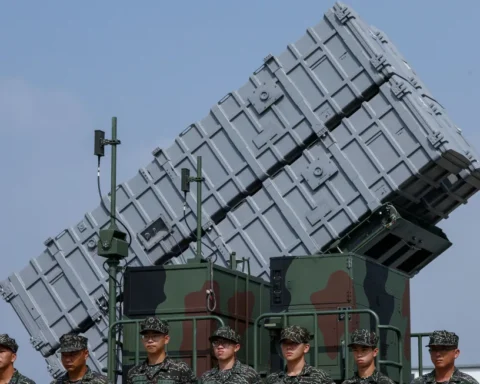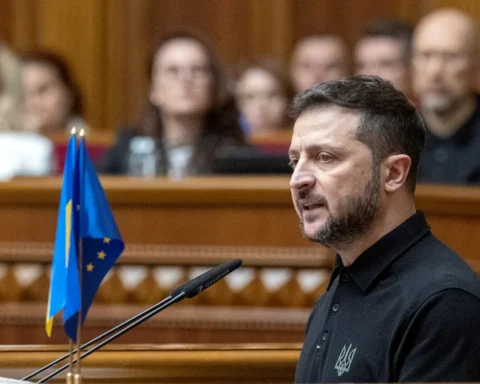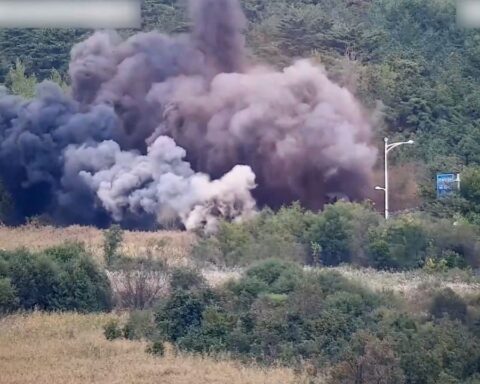In an era where the quest for sustainable and clean energy sources has become imperative, a groundbreaking development in nuclear fusion energy emerged from California. Scientists at the Lawrence Livermore National Laboratory (LLNL) have achieved a monumental milestone in harnessing fusion energy, bringing humanity closer to replicating the sun’s power on Earth. Utilizing an astounding array of nearly 200 lasers targeting a tiny fuel capsule, this scientific breakthrough heralds a new dawn in energy production.
On a crisp December morning last year, the National Ignition Facility at LLNL accomplished what seemed like science fiction: initiating a nuclear fusion reaction that produced more energy than it consumed, a process termed “ignition.” This historic achievement in net energy gain was not a one-off event. According to a recent LLNL report, the team has successfully replicated ignition thrice this year, cementing the process’s reliability and robustness.
Brian Appelbe from the Centre for Inertial Fusion Studies at Imperial College London underscores this replication’s significance, emphasizing the process’s adaptability under varying conditions. Each experiment sheds light on the intricate physics of ignition, providing invaluable insights for scaling up energy yields.
Nuclear fusion, markedly different from the fission process used in contemporary nuclear plants, offers a promising avenue for abundant, safe, and clean energy. The fusion process, mirroring the reactions within stars, involves merging atoms to release immense energy without the burden of long-lived radioactive waste.
The method employed at NIF is particularly fascinating. Nearly 200 lasers converge on a peppercorn-sized hydrogen fuel pellet encased in diamond, housed within a gold cylinder. This setup triggers rapid explosions, harnessing substantial energy in heat. The energy output, though modest in its initial experiments, marked a successful ignition, proving the viability of laser fusion as an energy source.
The journey to integrate nuclear fusion into the global energy grid is long and complex, focusing on amplifying the scale of fusion projects while reducing costs. The international community recognizes this potential, as evidenced at the COP28 climate summit in Dubai. U.S. climate envoy John Kerry revealed an engagement plan involving over 30 countries to accelerate fusion energy development to combat the climate crisis.
The U.S. Department of Energy is also pivotal, announcing a $42 million investment to establish fusion-focused “hubs,” uniting multiple institutions, including LLNL. U.S. Secretary of Energy Jennifer Granholm expressed optimism, stating that the realization of fusion energy is not just plausible but probable.
The strides made in fusion energy at the LLNL represent more than a scientific achievement; they signify hope and possibility. As the world grapples with the escalating climate crisis, pursuing fusion energy offers a beacon of light, promising a future powered by clean, limitless energy. As we witness these advances, the dream of a fusion-powered world inches closer to reality, potentially revolutionizing our energy landscape and the health of our planet.







